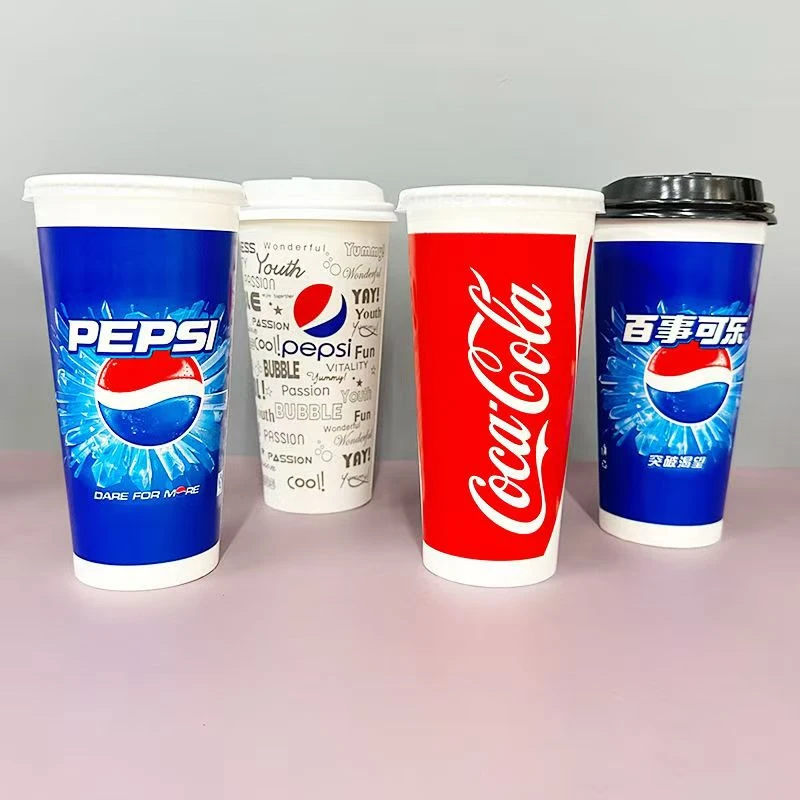The Importance of Food Packaging Containers
Food packaging containers play a crucial role in preserving the quality and safety of food products. As the global demand for convenient and accessible food options continues to rise, the importance of effective packaging has never been more pronounced. From protecting the contents to enhancing shelf life and facilitating transportation, packaging is integral to the food industry.
First and foremost, food packaging containers serve a primary function protection. They shield food items from physical damage, contaminants, and external environmental factors. Whether it’s fragile fruits, perishable dairy products, or dry snacks, appropriate packaging ensures that the food remains intact until it reaches the consumer. Advanced materials such as plastic, glass, and metal are commonly used to design protective containers, each offering unique benefits depending on the type of food being stored. For instance, glass jars are often favored for their ability to preserve freshness and flavor without leaching harmful substances into the food.
In addition to protection, food packaging containers play a significant role in extending the shelf life of products. Many modern packaging solutions incorporate technology that helps to manage moisture and gas composition within the container. Vacuum sealing and modified atmosphere packaging are popular methods that significantly slow down the spoilage process by minimizing the growth of bacteria and mold. This not only helps in maintaining the quality of the food but also plays a part in reducing food waste, a critical issue as global concern for sustainability grows.
food packaging containers

Moreover, the visual appeal of food packaging cannot be underestimated. A well-designed container can attract consumers and influence purchasing decisions. Packaging serves as a marketing tool, communicating essential information about the product, including ingredients, nutritional value, and branding. With the rise of social media, consumers are more attuned to aesthetically pleasing products that look good on their feeds, further emphasizing the importance of innovative and eye-catching design.
Sustainability is also a vital consideration in the realm of food packaging. As awareness of environmental issues increases, both businesses and consumers are shifting towards eco-friendly packaging solutions. Biodegradable materials, recyclable containers, and minimal packaging are becoming increasingly more popular, aligning with a collective desire to mitigate our impact on the planet. Companies that prioritize sustainability in their packaging strategies not only appeal to environmentally conscious consumers but also contribute to a more responsible food system.
Lastly, food packaging containers facilitate logistics and distribution, allowing for efficient transport of products from manufacturers to retailers and consumers. Easy-to-stack and lightweight packaging solutions can significantly reduce shipping costs and carbon footprints. As e-commerce continues to expand, the role of packaging in logistics has evolved, ensuring that food products arrive safely and in optimal condition.
In conclusion, food packaging containers are more than just functional items; they are essential components of the food supply chain. Protecting quality, prolonging shelf life, enhancing marketability, promoting sustainability, and ensuring efficient transportation, these containers encapsulate the very essence of modern food distribution practices. As technology and consumer preferences evolve, the packaging industry must adapt, delivering both practical and innovative solutions that meet the needs of an ever-changing market.



